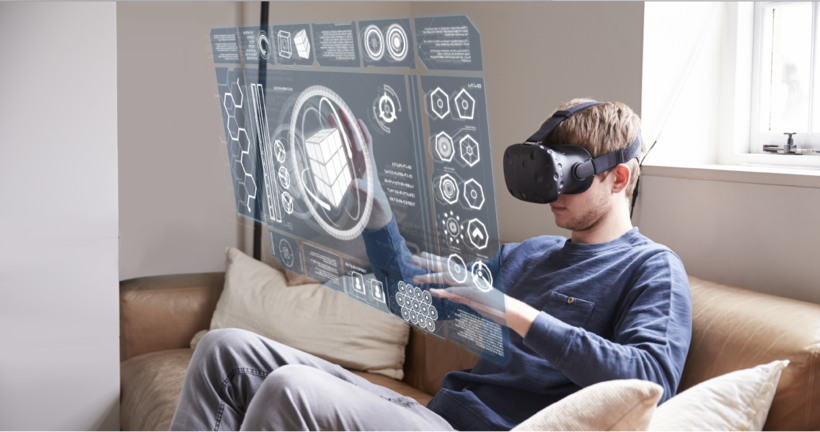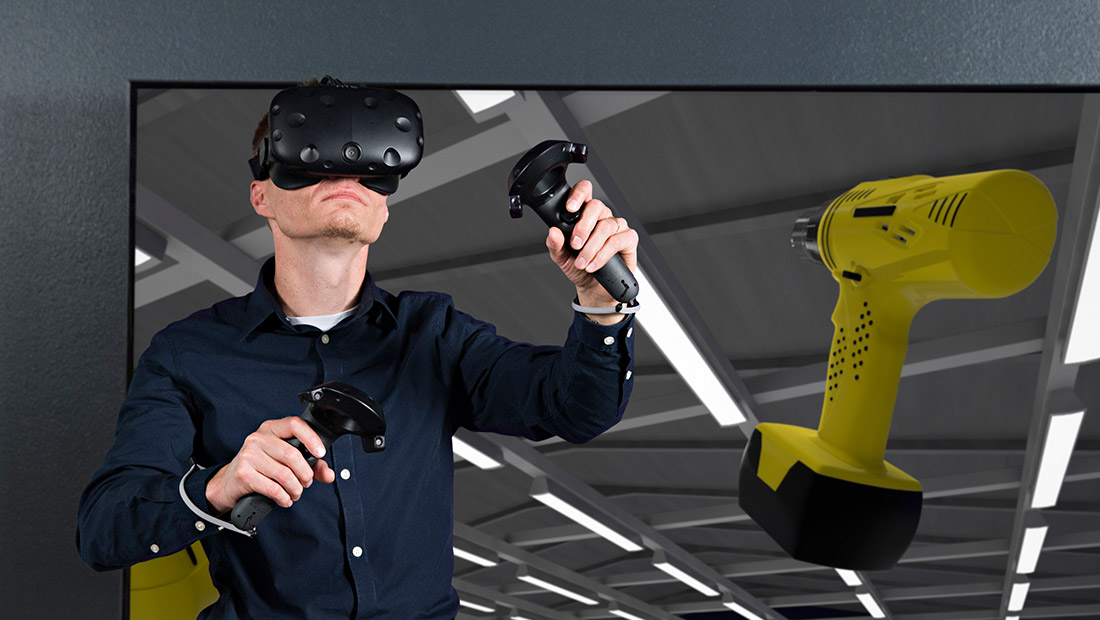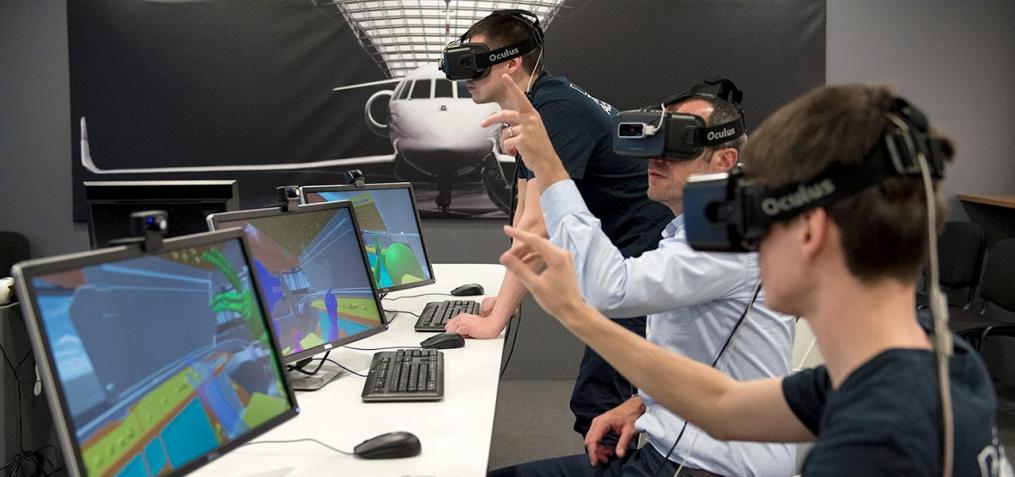Just a few days ago Volkswagen announced its plan to train 10,000 employees in VR in production and logistics, making it one of the largest such programs to be undertaken ever. This is on top of releasing the VW Digital Reality Hub last year for teams to collaborate across its companies. This clearly shows the importance VR has played in VW.
In December last year, L’oreal also announced something similar. It would assess some 18,000 hopefuls for its graduate and intern recruitment process.
It can be increasingly seen that companies are opting VR for training their employees. Although it is easy to dismiss it as an experiment or a fad, we need to look closer at the underlying reasons why so many companies are opting for VR to train their employees.
Safety
In a large manufacturing set up, where employees need to go through rigorous training in order to be deemed fit to work on the shop floor, it is extremely dangerous to train them directly on machines. The trainees could hurt themselves or damage equipment as well. Companies therefore use up a lot of resources just to make training classrooms and dummy set ups (many a times, just computer programs) to train employees on. However, classroom training does not give any practical knowledge and the dummy set ups do not really show them the consequences of certain actions.
VR, in such a situation gives trainees all the necessary tools to learn and experiment in a safe environment, making it very effective. Trainees have the right tools, are completely immersed and learn as if the they are present on the shop floor, giving them high recall rates. Because as it is said, “I read and I forget, I see and I remember, I do and I know”.
Cost saving
There is obvious cost savings for training in VR. Trainees and trainers do not need to travel, trainings can happen without costly setups of dummy machines and you can have multiple sessions on the same VR headset.
But there are other, more indirect cost saving as well. Better training will lead to better efficiency and as employees work more efficiently from day 1, they result in lower revenue lost.
Scale
You can train a lot more people in VR than on actual industrial equipment. And as VR hardware starts getting cheaper and more efficient, the scale will go up further. You will be able to train 100’s of employees simultaneously, instruct them and monitor them.
Mind you, here the scale would not affect safety standards or increase cost exponentially. While you could have the trainer sitting in your R&D centre in Germany, the trainees could be sitting anywhere across the globe, from China to India to the United States, all of them learning at one point of time and all being monitored remotely.
Such scales could never be employed before as without an immersive feeling the effectiveness of the training would have been completely lost.
Employee Perception
We need to agree on one thing, VR still makes people go wild with the experience. Employees who see their companies using this technology, have a positive perception of their companies as being innovative and futuristic. This goes a long way in not only attracting the best talent but also retaining them.
Immediate Relay of information
The most understated benefit of using VR for training is the immediate feedback that trainers can get of their trainees. This information is critical to increase the effectiveness of the training in many scenarios. From finding mistakes committed by the trainees to knowing when they were confused. Let’s take a few cases:
- Mistakes committed: if in a training, the trainees are expected to complete a set of steps. You can follow each step that they are performing and each time they perform a step in the wrong order, the supervisors can be notified. By building a database over a few training sessions, you can know where trainees generally go wrong and make changes to point them in the right direction.
- Confusion points: operating industrial machines today is very complex and can have nasty consequences if something was to go wrong. We can judge the way trainees are reacting in the training, to learn which trainee is having a hard time at which step and hand hold him/her through that again. Knowing confusion within a training module is of extreme importance in strengthening the trainees’ weak points. We can judge this by a combination of time spent at a step, head and hand movements and interactions.
- Attention scores: While VR is immersive in nature, it also cuts you from the rest of the world, which gives you certain amount of freedom. If the trainees want to use this freedom to explore the VR environment instead of paying attention to instructions, their training effectiveness is bound to drop below acceptable levels. Knowing the objects they are paying attention to or scenes they are looking at can give crucial clues to their training effectiveness.
Improvement
While tracking users to quantify their performance is important, we also need to track the effectiveness of the training content itself. We need to know if the training content can be improved to make sure that the trainees are not lost in between. With important metrics like position, gaze, drop offs and even points of confusion. We can improve the content itself to make it more effective for the trainees.
On a larger scheme of things, once you have a large of data, you can start to figure out what process/procedure caused delays and inefficiencies in your set up. Since all the data mentioned above is easily quantifiable, you can start making changes and measure success of the implemented changes in real time. VR presents a very interesting opportunity to increase efficiencies of existing systems as well as make training more effective, but only if the right metrics are tracked and tagged.



